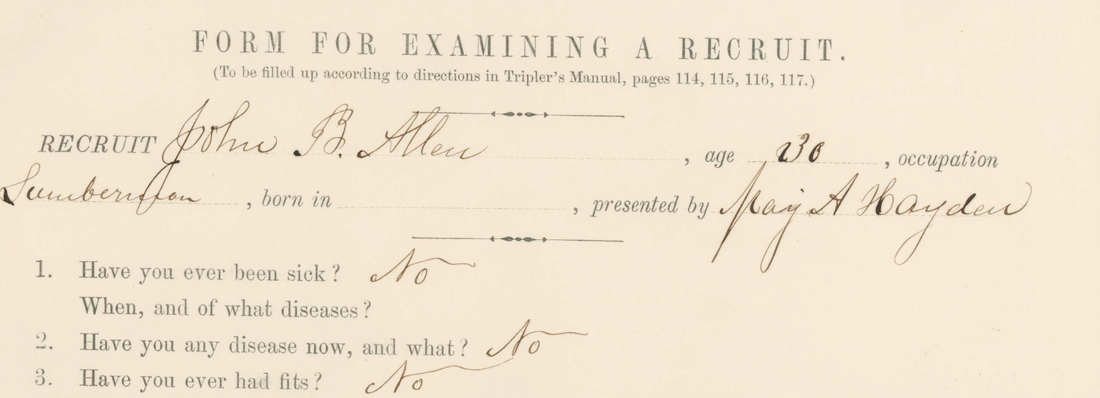
Company D research reaches new lows with these latest archival finds. Below you will find recruit inspection forms for several members of Company D. I thought this was intriguing enough to attempt recreating the examination form. It's a respectable recreating but definitely not perfect. It was made possible by my collection of Civil War fonts. I'm sure a person with some solid graphic design skills could really nail this. The below records show what appears to be a long form and a short form option. Under the title of the form is a reference to Tripler's manual. I did some digging and have included the link to Tripler's "Manual of the Medical Officers of the Army of the United States Part 1: Recruiting and the Inspection of Recruits."
These forms provide useful information about age, occupation, general health and physical description, and fittingly given our current time, vaccination status. In the short forms you'll also recognize familiar Co. D recruiter R.R. Park. For more records on him be sure to check out post that includes all of the of Co. D Correspondence.
Albion Morey
John B. Allen
Leonard Small
Silas E. Ward
Joseph M. Lyman
Wyatt Sprague Moore
Warren Clay
Download "Form for Examining a Recruit." Original paper size is about 7 1/2" x 9 3/4".
These forms provide useful information about age, occupation, general health and physical description, and fittingly given our current time, vaccination status. In the short forms you'll also recognize familiar Co. D recruiter R.R. Park. For more records on him be sure to check out post that includes all of the of Co. D Correspondence.
Albion Morey
John B. Allen
Leonard Small
Silas E. Ward
Joseph M. Lyman
Wyatt Sprague Moore
Warren Clay
Download "Form for Examining a Recruit." Original paper size is about 7 1/2" x 9 3/4".
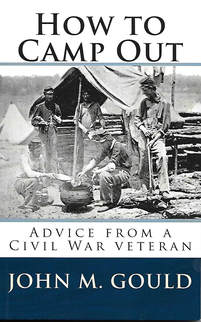
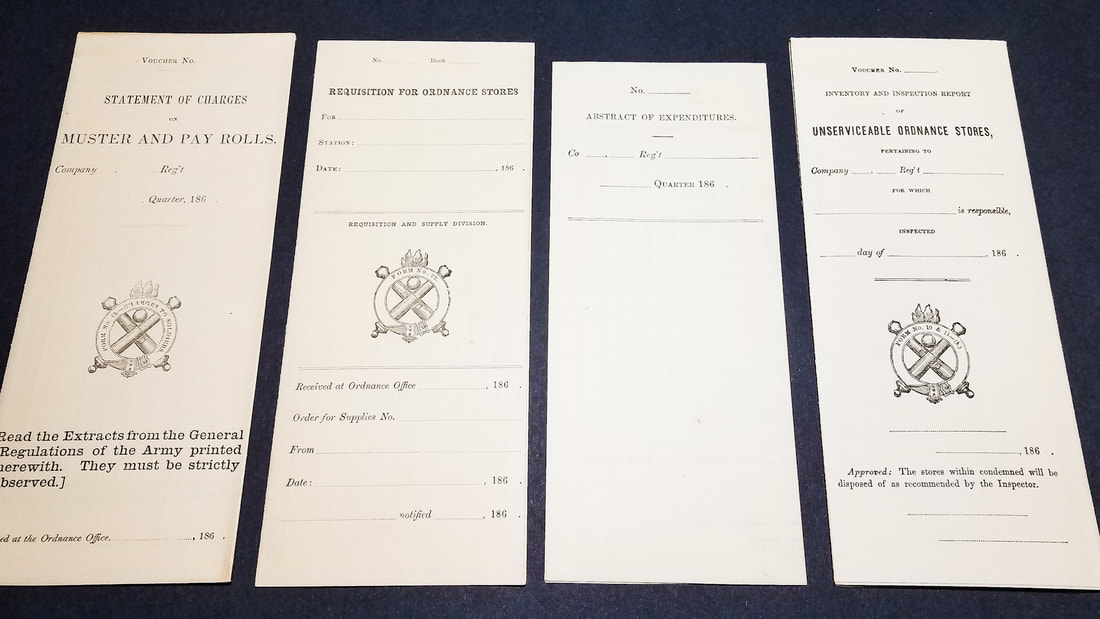
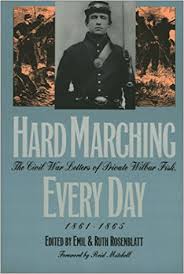
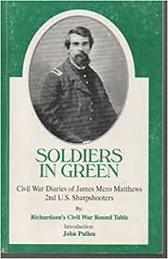
 RSS Feed
RSS Feed